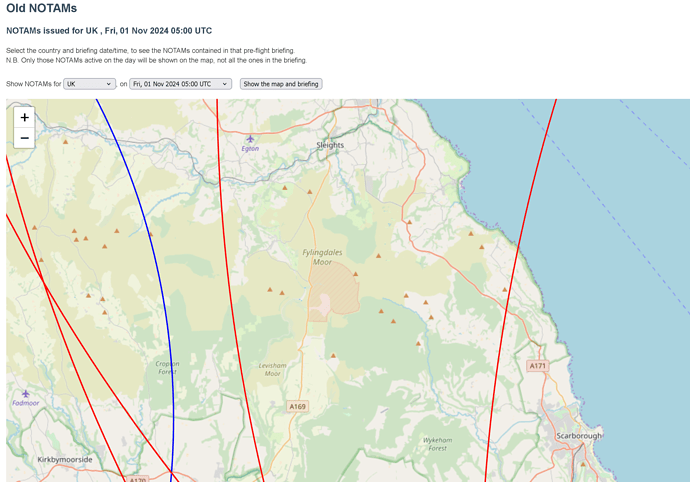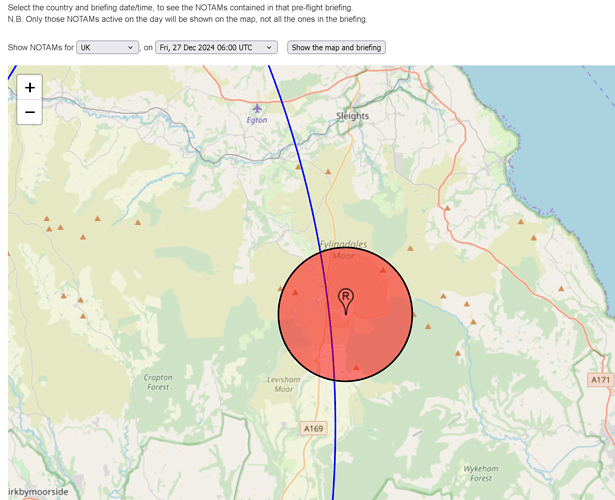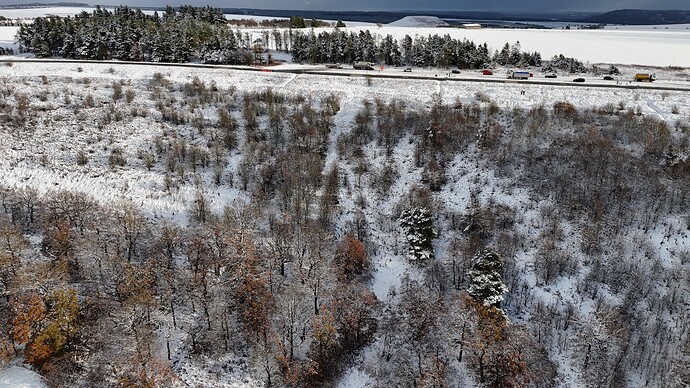Beautiful Circular walk around Levisham and the Hole of Horcum North Yorkshire
The Hole of Horcum is a section of the valley of the Levisham Beck, in the Tabular Hills of the North York Moors National Park, England. The first element of the name is Old English horh, meaning “filth,” while the suffix, cumb, means “bowl-shaped valley”, and is of Brittonic Celtic origin.
The hollow is 400 feet (120 m) deep and about ¾ mile (1.2 km) across. The Hole was created by a process called spring-sapping, where water welling up from the hillside gradually undermined the slopes above, eating the rocks away grain by grain. In this way, over thousands of years, a once narrow valley widened and deepened into an enormous cauldron. The process continues today.
A more colourful, yet not exactly PC, explanation, however, is provided by a local legend that has it that the “Devil’s Punchbowl”-type feature, the amphitheatre, was formed when Wade, the Giant scooped up a handful of earth to throw at his wife during an argument, what a sod eh!
On the afternoon of the 19th May 1941, an Australian Pilot Sgt William Jeffrey Metherall, aged 22, was performing a cross-country training flight in a Hurrican aircraft with Tail Number 55OTU, over North East England. William was a member of 55 Operational Training Unit (OTU), which was based at Usworth Airfield near Sunderland, but on this occasion he used Ouston Airfield as the start and intended finishing point for the exercise.
The planned route was to fly from Ouston to Catterick and then across to Catfoss before returning to Ouston, unfortunately, however, the fickle finger of fate intervened. Although 55 OTU’s Operations Record Book provided minimal details of the incident, it was noted that the pilot had become disoriented after flying in cloud for some time. The RAF Accident Card for the following event corroborated this account and adds that william’s commanding officer believed he should not have continued flying after encountering deteriorating weather conditions.
After a protracted period of time spent in the clouds, and unaware of his position William suddenly had to climb steeply in order to avoid colliding with a hillside. The manoeuvre, caused him to lose control of the aircraft and realising he was over high ground, he made the decision to bale out. The aircraft subsequently crashed, plummeting straight into the Hole of Horcum. The aircraft was completely destroyed on impact and consumed in a ball of fire. What happened to William then? Well it is believed that he landed safely although the exact location where he came down remains unknown.
There are so many walking routes to choose from - around the rim, down in the hole, out to Skelton Tower, etc. One can also include Levisham Station (for NYM Railway) and refreshments at the Horseshoe Inn. It is a wonderful hike that takes two to four hours depending on your route and doesn’t require any special fitness. Nice way to see pastures filled with animals, wet lowlands with streams, and high moors all on one fabulous hike.
Please note that, at the time of my flight there was no indicated Flight Restriction or NOTAM in the area. This is not always the case so best to check prior to flight. Details of who to contact for permission to fly will be published in the NOTAM if applicable. See Drone Scene for details.




